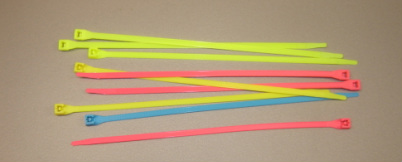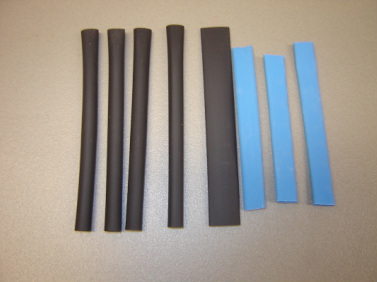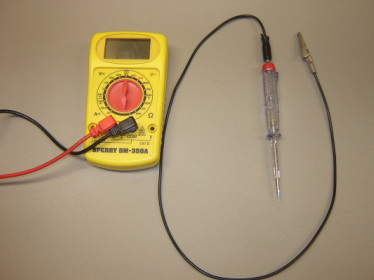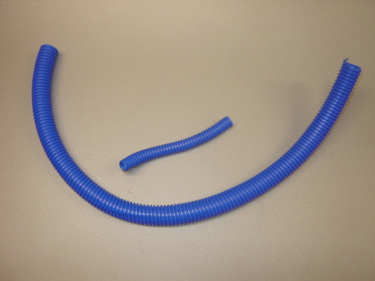|
|
|

Title: Tips When Bulding Electrical Circuits
Question: What are a few good tips when designing and building electrical circuits in a street rod?
Answer: The following list gives suggestions and tips that can help when designing and building electrical circuits on a street rod.
1. When connecting wires together, make sure there is a good mechanical connection before soldering together.
2. When designing a circuit always have an electrical schematic available to show the wiring of components.
3. When building an electrical circuit, put the individual electrical components in their proper location
before hooking up the wires.
4. When making a wiring harness, start with an individual circuit, use plastic "cable ties"
(see photo below), and then add individual circuits as needed.
Question: What are a few good tips when designing and building electrical circuits in a street rod?
Answer: The following list gives suggestions and tips that can help when designing and building electrical circuits on a street rod.
1. When connecting wires together, make sure there is a good mechanical connection before soldering together.
2. When designing a circuit always have an electrical schematic available to show the wiring of components.
3. When building an electrical circuit, put the individual electrical components in their proper location
before hooking up the wires.
4. When making a wiring harness, start with an individual circuit, use plastic "cable ties"
(see photo below), and then add individual circuits as needed.
Cable Ties for Bundling Wire

5. Make sure all ground connections are solid and will not come loose with virbration, moisture, or
continuous heating and cooling.
6. When stringing wire from one component to another, make sure the wires do not rub against sharp
metal edges.
7. When connecting wires together use "heatshrink" tubing to cover the solder connections. There
are many sizes as shown below.
continuous heating and cooling.
6. When stringing wire from one component to another, make sure the wires do not rub against sharp
metal edges.
7. When connecting wires together use "heatshrink" tubing to cover the solder connections. There
are many sizes as shown below.
Heat Shrink Tubing

8. When selecting wire for a particular circuit, make sure the size of the wire can handle the amperage in the
circuit.
9. Place the 12 volt primary battery and the fuse panel in a location that will allow wires to easily reach
the electrical components. Also make sure the area is well vented and is easily accessible.
10. When troubleshooting, make sure to use the correct tools such as a volt/ohm/amp meter, and a
continuity tester as shown below.
Volt/Ohm/Amp Meter and Continuity Tester

11. Wires can also be bundled together using convoluted tubing as shown below. This tubing comes in a
variety of colors and sizes used to keep wires together.
variety of colors and sizes used to keep wires together.
Convoluted Tubing

|
|